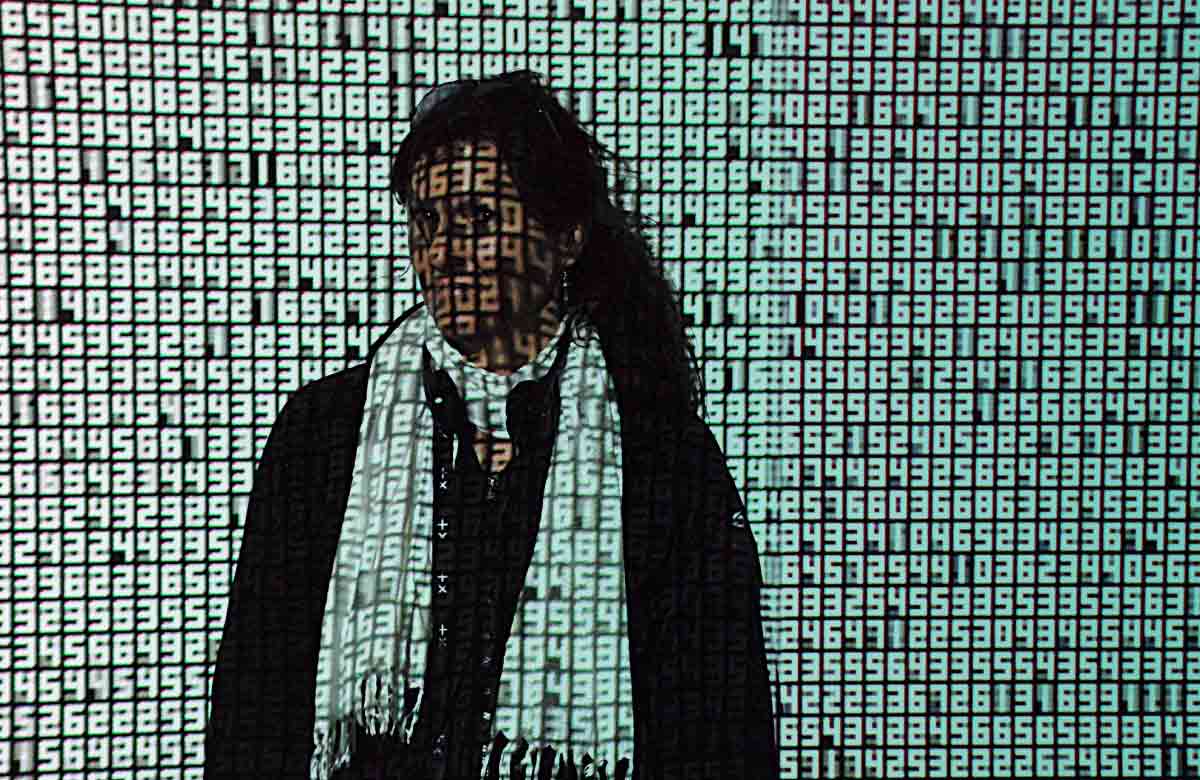In the lyrics from his classic song Feel Like a Number, rocker Bob Seger expressed his loathing for systems that made him feel “like a number” or just another statistic:
“To workers I’m just another drone
To Ma Bell I’m just another phone
I’m just another statistic on a sheet…
I feel like a number, I’m not a number, dammit I’m a man.”
It’s safe to say that most people want to feel like the individual, unique human beings that they are. While statistics are important for developing predictive models and delivering personalized experiences, it’s necessary to keep them in their place so they don’t become a method for generalizing, and even marginalizing groups of people.
In the end, data driven healthcare has to drive more than data. Its best use is in creating personal, humanized health engagement.
In other words, we need to modernize how we use statistics. Traditionally statistics are used to describe a measure of center. For example, 2017 Quick Facts from the U.S. Census Bureau tells us some interesting tidbits including:
- It takes an average of 26.1 minutes for Americans to travel to work
- The average household size is 2.64
- 87% of Americans age 25+ have a high-school degree
- Median gross rent is $949
Although these are all valid statistics, they are hardly useful in the context of delivering relevant messages or fostering a sense of understanding with individual members of a population.
Every healthcare consumer has their own unique story.
Each member or patient is living with their own individual challenges, interests, and values. Statistics cannot lead us to the information that drives personalization, which is the key to stronger engagement and better outcomes.
A more modern approach is to leverage all the data within our grasp to break the “average” mold and get to the real needs of each individual.
Advanced health engagement platforms use data to build robust member profiles with unique information. Those profiles then enable the healthcare organization to craft specific messages and construct communication sequences using each members’ preferred channels. As engagement is attained, the platform will learn and improve with every new campaign.
It’s interesting to see the ways in which data driven healthcare uses advanced technologies to move away from generalized statistics, and toward more humanized engagement.
For example, data scientists can apply tools and techniques to blend contact strategy with the member profiles.
These may include regression techniques to assess channel preference and campaign propensity, clustering techniques to develop smart segmentations, and even machine learning to recommend dynamic script choices, copy, or creative executions.
Predictive models are particularly useful when a member is relatively new to the health engagement platform’s database. However, as the system learns more about each individual member and watches their preferences change over time, it will “learn” and curate an individualized engagement experience.
It’s not dissimilar to some of the smart consumer technologies that exist, like the Nest thermostat. Nest builds a unique heating and cooling plan based on what it learns a house, from how long it takes to warm up to when the homeowner typically returns home from work.
As it becomes more knowledgeble, Nest works to become cost-efficient while still maintaining comfort. A strong health engagement platform uses data in much the same way, by employing predictive models for new members and by learning from actual interaction history of existing members.
Nest, smart homes and health engagement platforms represent a new way to use statistics. Rather than making generalizations, modern data management and predictive models move toward a more personalized sequence of modalities and messages for each unique member.
As the healthcare industry continues its transformation toward personalized, value-based care across the entire spectrum from wellness to illness, it’s important to understand that critical components of that care – like data – need to be viewed from a different perspective as well.




